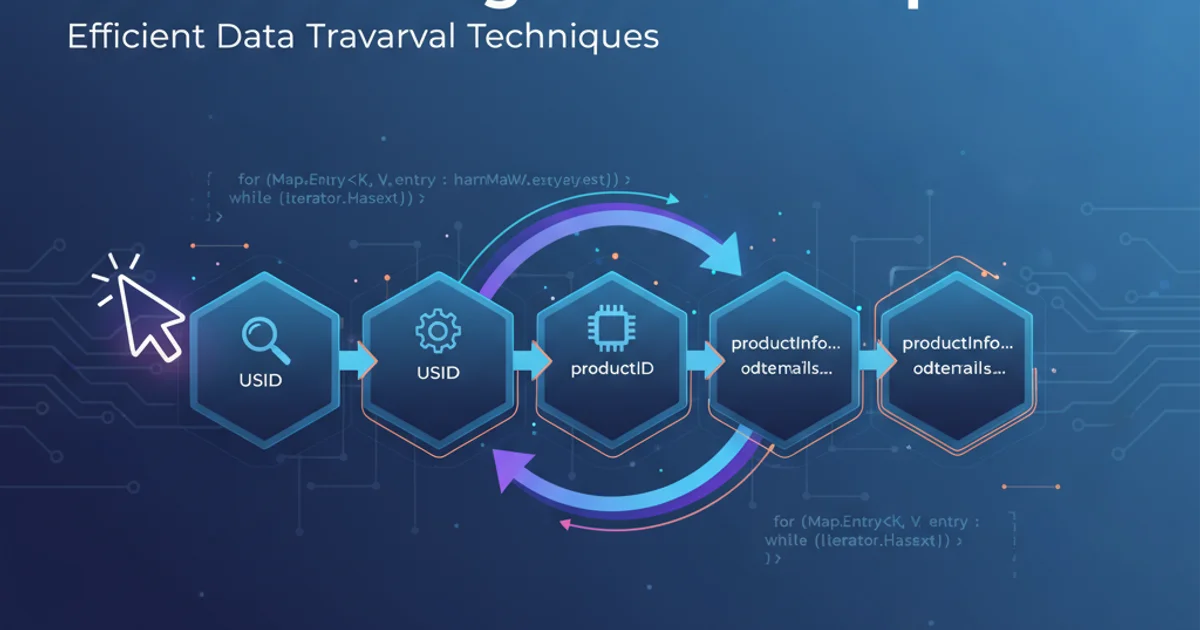Where to find log file in sonatype nexus server,trough brew install on osx
Categories:
Locating Nexus Repository Manager Log Files on macOS (Homebrew Installation)

This article guides you through finding the log files for Sonatype Nexus Repository Manager when installed via Homebrew on macOS, covering common locations and troubleshooting tips.
Sonatype Nexus Repository Manager is a popular tool for managing software artifacts. When running into issues or needing to monitor its operations, the log files are your first point of investigation. For users who have installed Nexus on macOS using Homebrew, the location of these logs might not be immediately obvious. This guide will help you pinpoint them efficiently.
Understanding Homebrew's Installation Structure
Homebrew installs packages into a specific directory structure, typically under /usr/local/Cellar or /opt/homebrew/Cellar for Apple Silicon. When a service like Nexus is installed, Homebrew creates symlinks to its executables and configuration files in more accessible locations. However, application-specific data and logs often reside within the Cellar directory or a designated data directory.
flowchart TD
A[Homebrew Install Command] --> B{Nexus Installation}
B --> C[Cellar Directory: /usr/local/Cellar/nexus/...]
C --> D[Nexus Application Directory]
D --> E[Data Directory: nexus-data]
E --> F[Log Files: nexus.log, karaf.log, etc.]Typical Homebrew Nexus Installation Flow and Log Location
Locating the Nexus Log Files
The Nexus Repository Manager stores its log files within its data directory. For Homebrew installations, this data directory is usually found inside the Nexus installation path within the Homebrew Cellar. The primary log file you'll be looking for is nexus.log, but other logs like karaf.log and audit.log can also be crucial for diagnostics.
1. Identify your Homebrew prefix
First, determine where Homebrew installs packages on your system. This is usually /usr/local for Intel Macs or /opt/homebrew for Apple Silicon. You can confirm this by running brew --prefix.
2. Find the Nexus installation directory
Navigate to the Homebrew Cellar directory. The Nexus installation will be under a version-specific folder. For example, if you installed Nexus 3, it might be $(brew --prefix)/Cellar/nexus/3.x.x. Use ls -l $(brew --prefix)/Cellar/nexus to see available versions.
3. Locate the nexus-data directory
Inside the Nexus installation directory, you'll find a nexus-data symlink or directory. This is where Nexus stores all its runtime data, including configuration, repositories, and logs. The actual data might be linked to a separate location, but the nexus-data entry point is consistent.
4. Access the log files
Within the nexus-data directory, navigate to the log subdirectory. Here you will find the nexus.log and other relevant log files. You can use commands like tail -f nexus.log to monitor logs in real-time.
# Step 1: Get Homebrew prefix
BREW_PREFIX=$(brew --prefix)
# Step 2: Find Nexus installation (adjust version if needed)
NEXUS_INSTALL_DIR=$(ls -d ${BREW_PREFIX}/Cellar/nexus/* | head -n 1)
# Step 3 & 4: Navigate to logs and list them
cd ${NEXUS_INSTALL_DIR}/nexus-data/log
ls -l
# Example: View the main Nexus log
tail -f nexus.log
Bash commands to locate and view Nexus log files.
nexus-data directory, Nexus often prints its location during startup. Check the initial output when you start Nexus or look for NEXUS_DATA environment variable settings.Common Log Files and Their Purpose
Understanding which log file to check can save significant troubleshooting time. Here are some of the most common ones:
nexus.log: The primary application log, containing general Nexus operations, errors, and warnings.karaf.log: Logs related to the Apache Karaf container that Nexus runs on, useful for startup issues or OSGi bundle problems.audit.log: Records security-related events, such as user logins, permission changes, and repository access.request.log: Logs HTTP requests made to the Nexus server, useful for debugging connectivity or API issues.jvm.log: Contains Java Virtual Machine (JVM) related output, including garbage collection details and memory issues.
nexus-data directory, especially configuration files, as incorrect changes can lead to Nexus instability or data loss. Back up critical files before making changes.